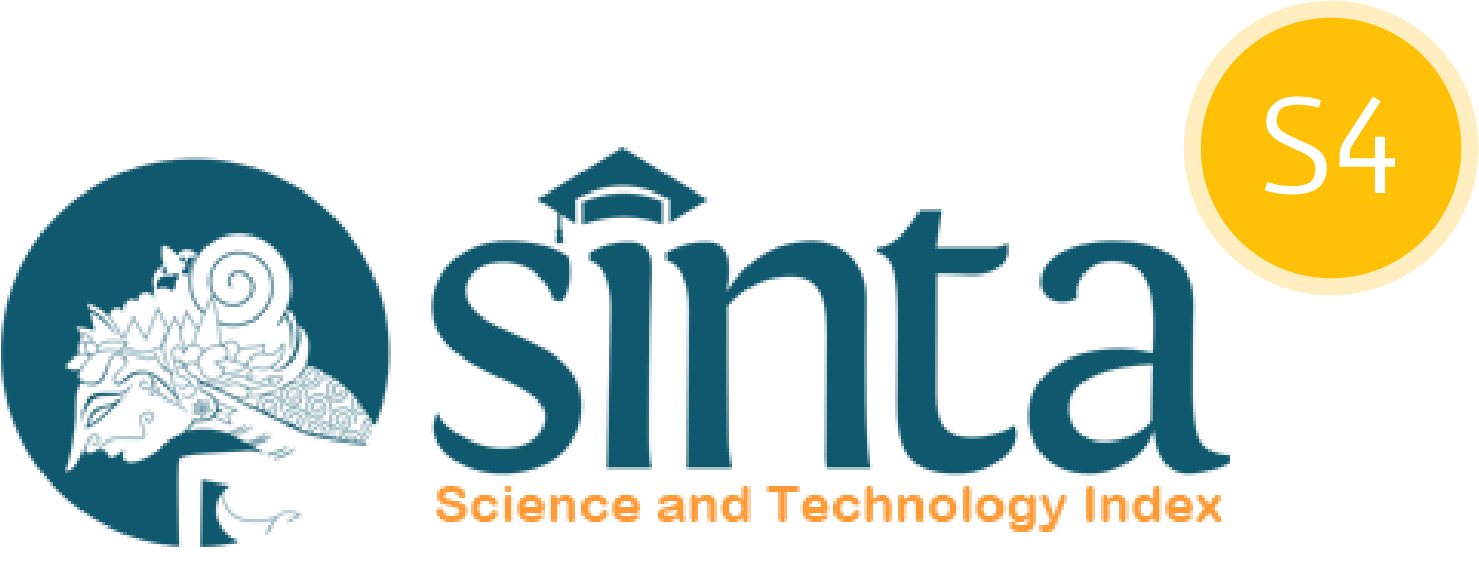Towards Environmentally Friendly Agriculture: Assisting Farmers in the Use of Organic and Biological Fertilizers
DOI:
10.29303/ujcs.v6i3.1161Published:
2025-09-30Issue:
Vol. 6 No. 3 (2025): SeptemberKeywords:
Environmentally Friendly Agriculture, Organic Fertilizers, Biofertilizers, Farmer AssistanceArticles
Downloads
How to Cite
Downloads
Metrics
Abstract
Environmentally friendly agriculture is an urgent necessity amid increasing soil degradation and farmers' dependence on chemical fertilizers, which incur high costs and reduce land quality. This condition also occurs in the Hikmah Farmer Group in Majalengka, where the majority of farmers still rely entirely on chemical fertilizers, while knowledge and skills regarding organic and biological fertilizers are still very limited. This Community Service Program (PKM) aims to increase farmers' capacity to produce and utilize organic and biological fertilizers, thereby reducing their dependence on chemical fertilizers and supporting the realization of sustainable agriculture. The implementation methods included counseling on the concept of environmentally friendly agriculture, training in the production of solid and liquid organic fertilizers, as well as biological fertilizers based on local microorganisms, and direct assistance in their application on agricultural land. The results of the activities showed a significant increase in farmers' knowledge and skills, with more than 70% of group members able to produce organic fertilizers independently, and more than 60% successfully applying biological fertilizers on their land. In addition, the use of chemical fertilizers can be reduced by 20-30% without reducing crop yields, while improving soil fertility and increasing soil biota activity. Thus, this program not only has a positive impact on farmers' economic efficiency, but also contributes ecologically to the sustainability of environmentally friendly agriculture. Future recommendations include strengthening institutional support and replicating the program among other farmer groups in Majalengka to ensure its benefits can be sustained and expanded.
References
Liao, F., Zheng, Y., & Wang, X. (2025). Promoting the replacement of chemical fertilizers with organic fertilizers: The role of policy incentives and digital technology. Frontiers in Sustainable Food Systems, 9, 1527913.
Sukmasari, M. D., Wijaya, A. A., Umyati, S., & Harti, A. O. R. (2022). Farmers' knowledge level in the use of biofertilizers in soybean cultivation in Sanca Village, Indramayu Regency. BERNAS: Journal of Community Service, 3(4), 581-586.
Suparwata, D. O., & Jamin, F. S. (2024). Analysis of Organic Fertilizer Use in Improving Soil Quality and Agricultural Yields in Indonesia. West Science Agro, 2(01), 17-27.
Utomo, B. N., Widjaja, E., Suharyanto, B., Erlambang, Y. P., & Sofyan, M. (2020). The Level of Application of Feed Technology and Organic Fertilizer Based on Palm Oil Plantation Industrial Waste in Lamandau Regency, Central Kalimantan. Ilomata International Journal of Social Science, 1(4), 196-207.
Vaulina, S., Dewi, I. S., & Dewi, D. C. (2025). Model for the Application of Organic Fertilizers in Urban Agriculture to Support Environmentally Friendly Agriculture in Pekanbaru City, Riau Province, Indonesia. Asian Journal of Agriculture and Rural Development, 15(2), 223-235.
Widiyanti, E., Irianto, H., & Riptanti, E. W. (2024). Transformative learning and engagement in organic agriculture: Lessons learned from Indonesia. Open Agriculture, 9(1), 20220342.
Yaqiin, N. A., Rahmah, A. O., & Salman, S. (2022). The effect of urea fertilizer and Azolla microphylla liquid organic fertilizer on soybean productivity in intercropping environments. Journal of Innovation and Research in Agriculture, 1(1), 33-42.
Marina, I., Sukmawati, D., & Yulianti, M. L. (2025). Analisis variabilitas iklim dan pengaruhnya terhadap produksi cabai merah di wilayah sentra hortikultura. OrchidAgri, 5(1), 1–8.
Lusiana, M., Marina, I., Lasminingrat, A., Putri, K. P., & Maulana, H. (2025). Peningkatan literasi keuangan digital bagi UMKM Batik Dahon dalam pengelolaan keuangan usaha. BERNAS: Jurnal Pengabdian Kepada Masyarakat, 6(3), 2765–2771.
Marina, I., & Nur’aeni, A. (2025). Analisis efisiensi rantai pasok mangga gedong gincu di Majalengka: Masalah, teknologi, dan strategi solusi. Journal of Innovation and Research in Agriculture, 4(1), 1–9.
Gunawan, M., & Marina, I. (2025). Peran kecerdasan buatan dalam optimalisasi produk pertanian di era digital. Journal of Innovation and Research in Agriculture, 4(1), 39–45.
Syamsiah, M., Marina, I., & Dinar, D. (2025). Implementasi teknologi pengelolaan tanaman terpadu dan dampaknya terhadap pendapatan petani jagung (Zea mays L.) hibrida. Journal of Sustainable Agribusiness, 4(1), 1–8.
Sukmawati, D., Kaffah, S., Marina, I., & Roswinna, W. (2025). Transformasi digital dalam pemasaran produk pertanian: Analisis kritis terhadap strategi, tantangan, dan implikasinya. Journal of Sustainable Agribusiness, 4(1), 16–21.
Roswinna, W., Marina, I., Sukmawati, D., Priatna, D. K., Yulianti, M. L., & Dasipah, E. (2024). Structured planning for strengthening marketing and distribution capacity of Cilembu sweet potato products. Unram Journal of Community Service, 5(2), 119–125.
Marina, I., Mukhlis, M., & Harti, A. O. R. (2024). Development strategy of leading agricultural commodities: Findings from LQ, GRM, and shift-share analysis. Jurnal Penelitian Pertanian Terapan, 24(2), 181–190.
Author Biographies
Adi Oksifa Rahma Harti, Department of Agrotechnology, Universitas Majalengka, Indonesia.
Rakhmia Nalibratawati, Department of Management, Universitas Winaya Mukti, Indonesia.
Men Aaf Falahudin, Department of Animal Science, Universitas Majalengka, Indonesia.
Adi Niko Munandar, Department of Agribusiness, Universitas Majalengka, Indonesia.
Sri Fatmawati, Department of Agribusiness, Universitas Majalengka, Indonesia.
License
Copyright (c) 2025 Adi Oksifa Rahma Harti, Rakhmia Nalibratawati, Men Aaf Falahudin, Adi Niko Munandar, Sri Fatmawati

This work is licensed under a Creative Commons Attribution 4.0 International License.
You are free to:
- Share — copy and redistribute the material in any medium or format for any purpose, even commercially.
- Adapt — remix, transform, and build upon the material for any purpose, even commercially.
The licensor cannot revoke these freedoms as long as you follow the license terms.
Under the following terms:
- Attribution — You must give appropriate credit, provide a link to the license, and indicate if changes were made. You may do so in any reasonable manner, but not in any way that suggests the licensor endorses you or your use.
- No additional restrictions — You may not apply legal terms or technological measures that legally restrict others from doing anything the license permits.
Notices:
You do not have to comply with the license for elements of the material in the public domain or where your use is permitted by an applicable exception or limitation.
No warranties are given. The license may not give you all of the permissions necessary for your intended use. For example, other rights such as publicity, privacy, or moral rights may limit how you use the material.




